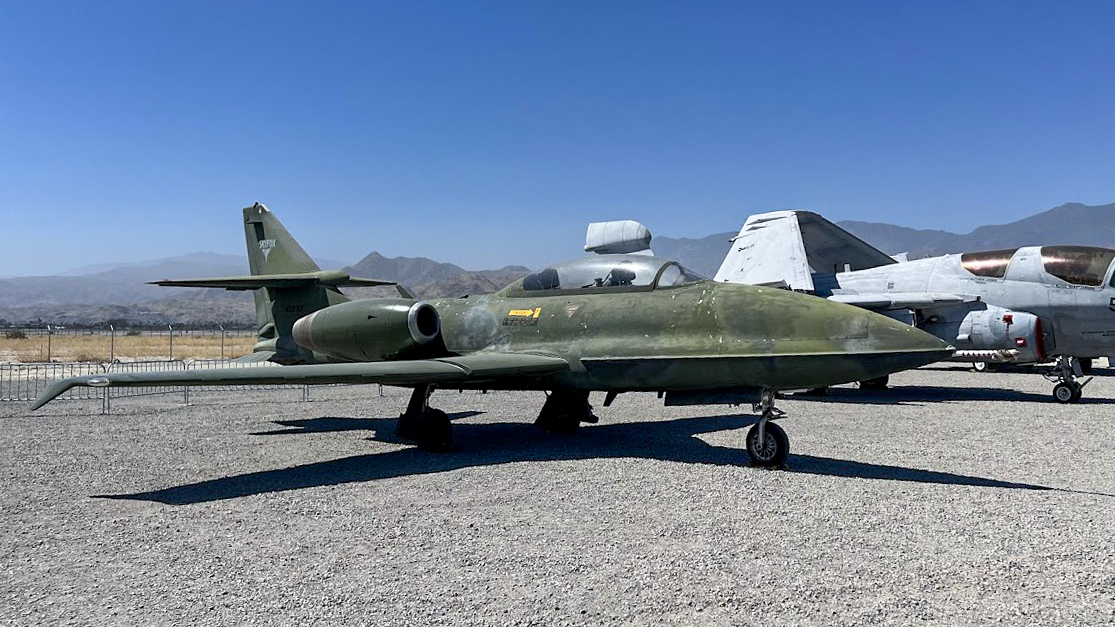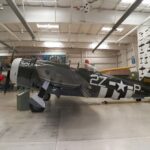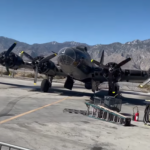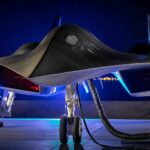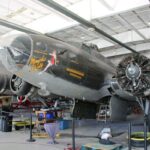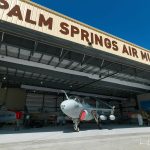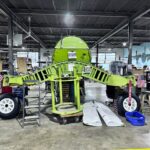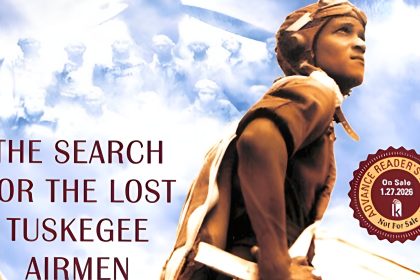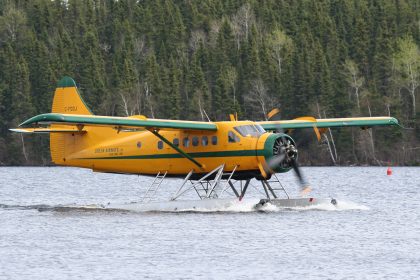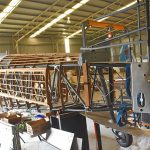From the early days of aviation, the desert skies above southern California have seen a great multitude of unique and boundary-pushing aircraft, but at the Palm Springs Air Museum (PSAM), one of the most unique yet little known examples of these aircraft has just recently gone on display after a three-year restoration. A true one of a kind, the Boeing Skyfox sought, by revising an existing design (the Lockheed T-33), to revolutionize military aviation but ended up being a forgotten footnote of aviation history, destined to rot away in obscurity until the museum gave the aircraft a second lease on life.
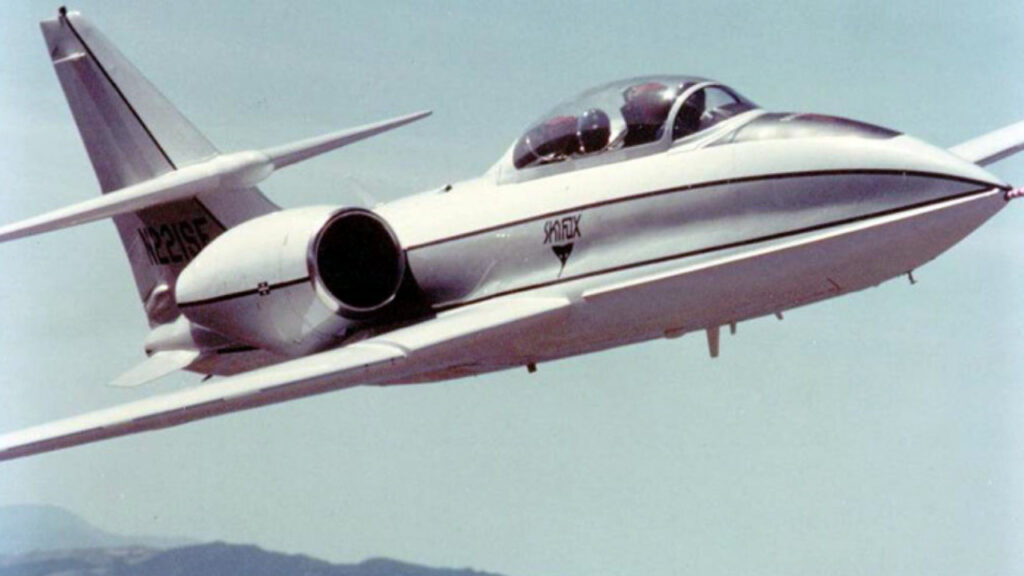
Development of the Skyfox began with the formation of the company Flight Components, Inc., which later reformed itself as Skyfox Corporation. The company was run by former Lockheed employees, led by engineer Irven Culver, who had worked with Clarence “Kelly” Johnson on the design of the P-80 Shooting Star and the subsequent T-33 trainer. The Skyfox Corporation then proposed upgrading the design as a cost-effective alternative to existing jet trainers such as the Cessna T-37 Tweet, BAe Hawk, and Dornier-Breguet Alpha. In addition, it was hoped the jet could be developed into a ground attack aircraft, much like the T-37 had done in Vietnam as the A-37.
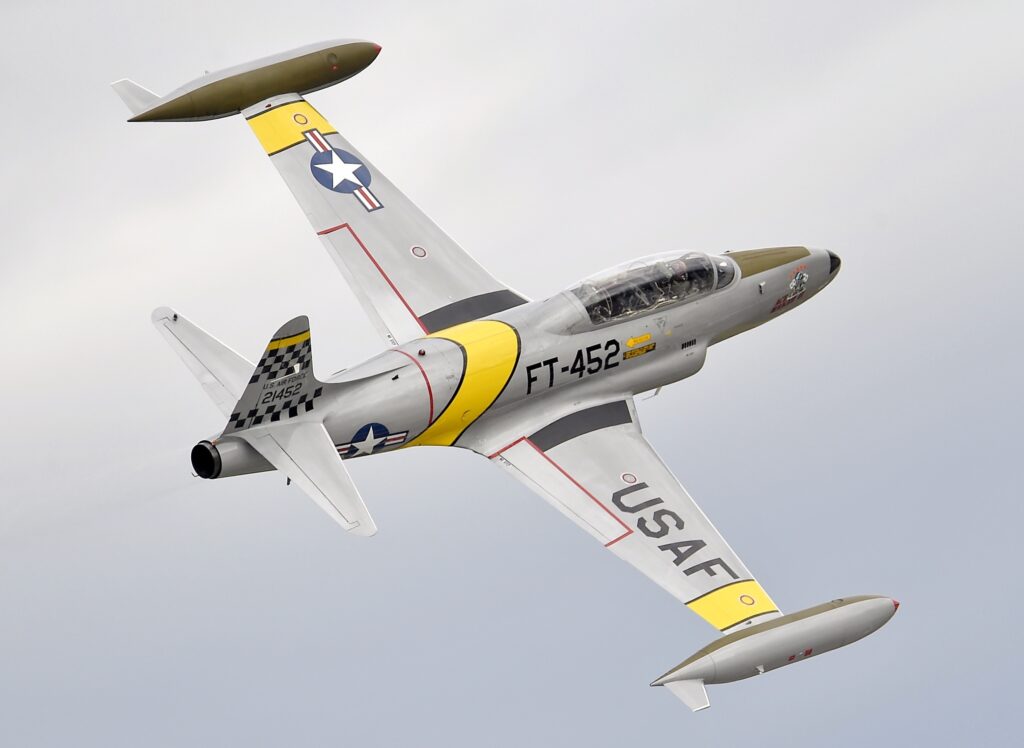
In order to test the capabilities of the re-designed T-33, Skyfox Corporation purchased several airframes, largely license-built Canadair CT-133 Silver Stars, due to their greater availability at the time compared to their American cousins. The single prototype (N221SF), which would come to bear the company’s name, was a conversion of a CT-133 which had been serialled 21160 with the RCAF. The Skyfox was fitted with two externally mounted Garrett TFE731 turbofan engines, had greater internal capacity, and upgraded hardware and avionics. On August 23th, 1983, noted air racing and test pilot Skip Holm performed the first flight at Mojave Air and Spaceport, CA.
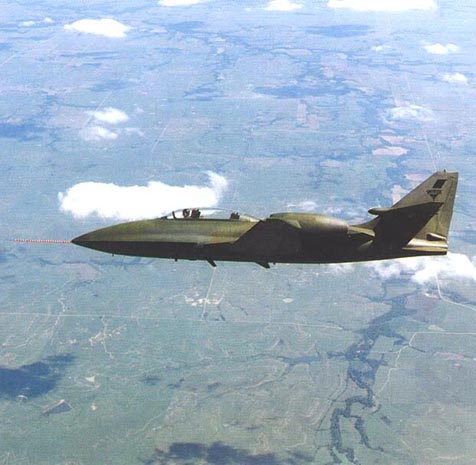
In 1986, Skyfox Corporation was purchased by Boeing and the jet became known as the Boeing Skyfox. Despite its relatively low cost and decent performance, and interest from Portugal in purchasing 20 conversion kits to replace and upgrade its aging T-33 fleet, the Skyfox failed to attract further customers, including the USAF, and this lack of interest in customers caused Portugal to withdraw its support. This essentially killed the project and N221SF would remain the sole Skyfox conversion ever completed.
It was flown at numerous airshows for potential customers and was even featured in the TV series Airwolf (in the second episode of season two, Daddy’s Gone a Hunt’n) portraying a top-secret prototype that has to be stopped from being flown to the Soviets. With no customers, though, the real Skyfox would be left in outdoor storage for over 20 years at Medford Jackson County Airport in Four Corners, OR with its engines and cowlings removed, forgotten by all but a few enthusiasts who would take the odd photo of it tethered at the airport.
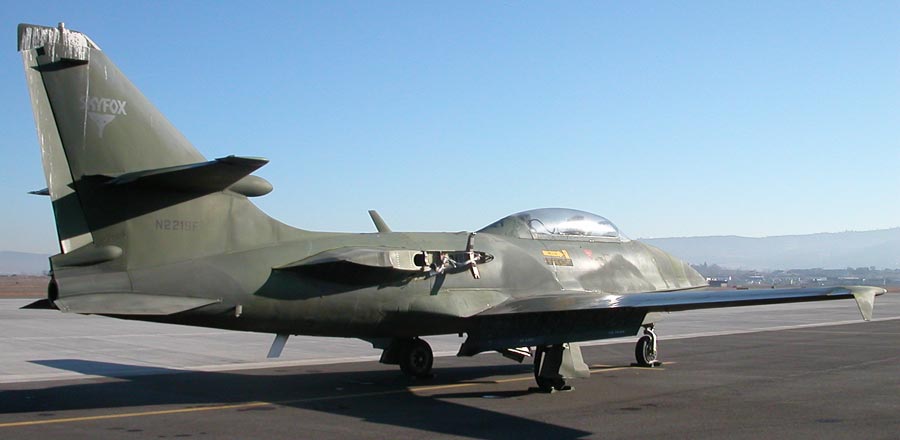
In 2021, the PSAM took an interest in the aircraft, acquired it, and shipped it to Palm Springs to be restored for static display. Museum director Fred Bell mentioned during the period of restoration that sheet metal repairs had been completed, and a replacement canopy had been installed. While Bell has also expressed an interest in restoring the aircraft to its original white and gray paint scheme, it is now displayed with its Euro One-style camouflage scheme.
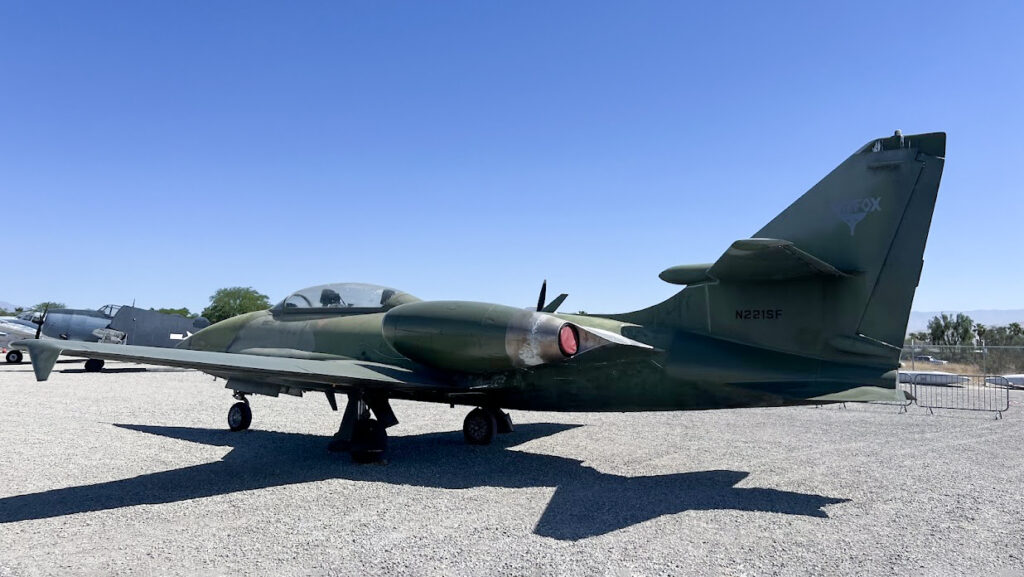
Today the aircraft is displayed outdoors at the PSAM and, while it may be a shame that the design never became operational, we can take comfort in the fact that this unique and little-known contribution to the story of the Shooting Star family finally has a proper home in the public eye.







